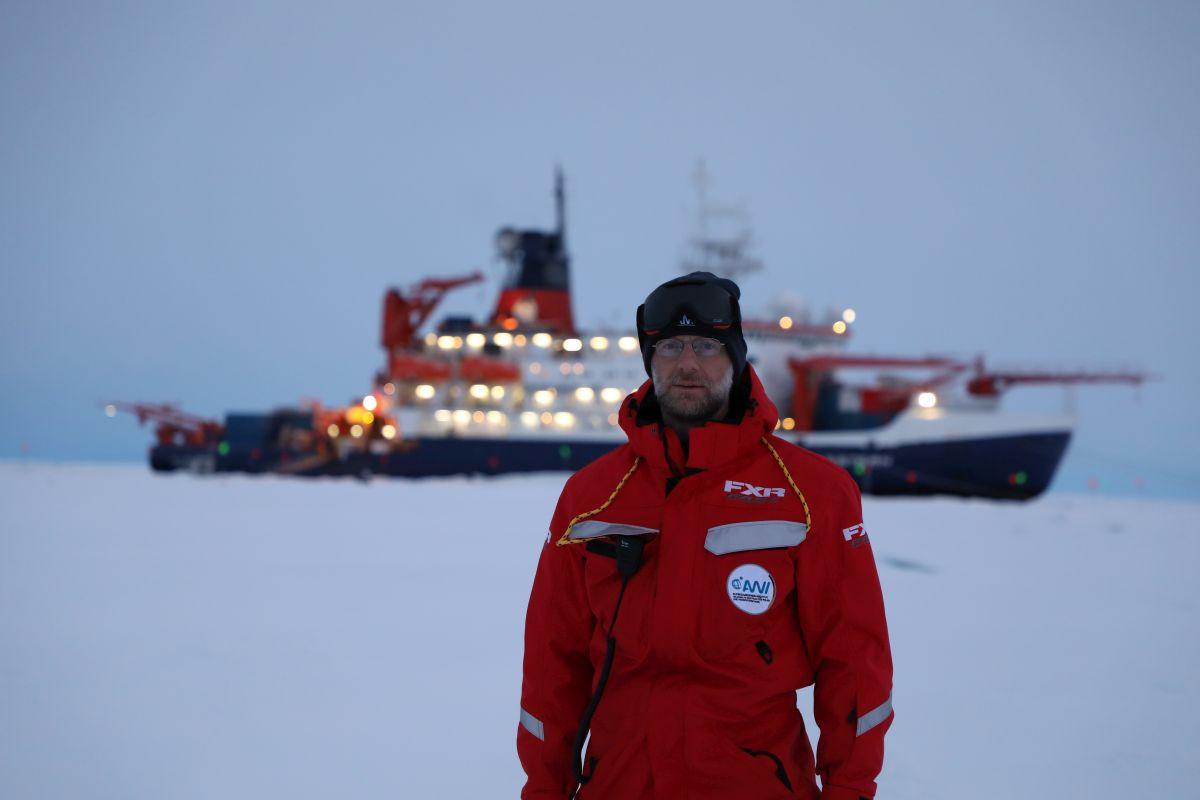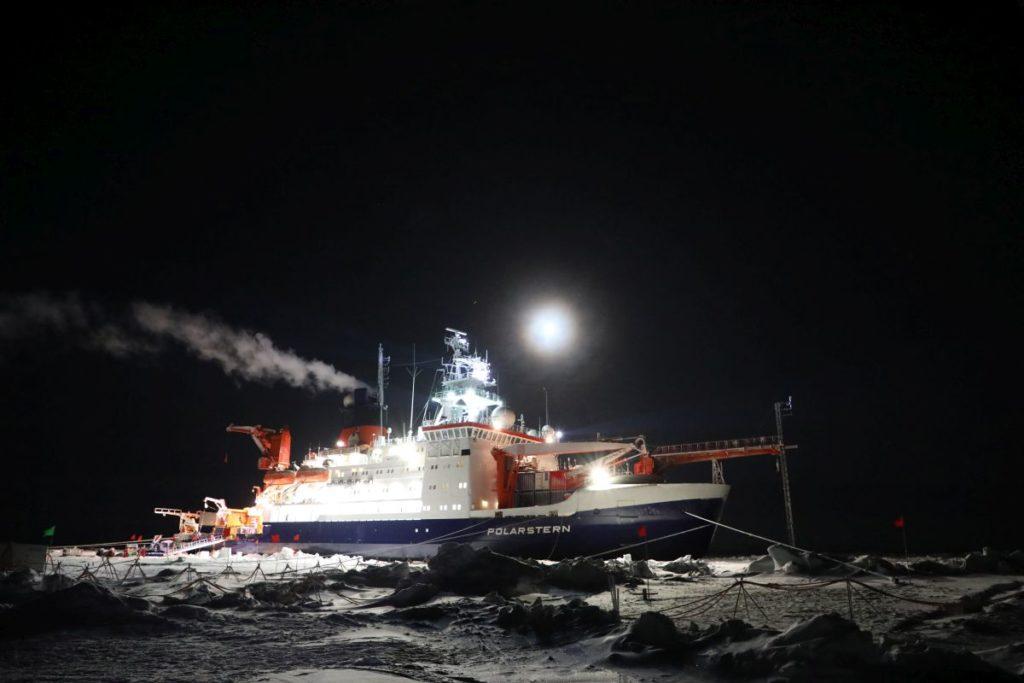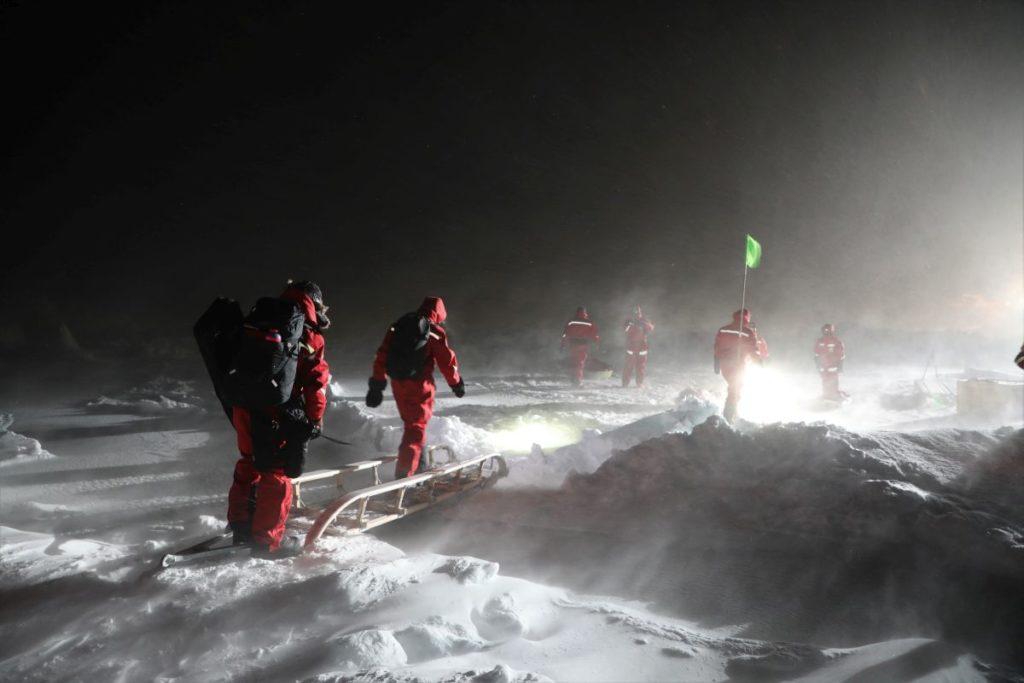
A University of Colorado scientist who spent months drifting through the Arctic Ocean on a ship says thinning and melting ice is putting the Arctic's biggest scientific mission ever in jeopardy.
“We do have a lot of equipment out on the ice and the ice is very thin. So come next summer, when the ice starts to melt and melt ponds start to form, things could get very thin and I'm quite certain that some of our activities will be limited by that,” atmospheric scientist Matthew Shupe said.
Shupe is back in Colorado after several months aboard the Polarstern, a German ship that is moored to an ice floe drifting through the Arctic Ocean. The ship embarked in September and will be on the ice for a year.
Hundreds of scientists from around the world are participating in a $155 million project co-led by Shupe called MOSAiC, the Multidisciplinary drifting Observatory for the Study of Arctic Climate. They’re studying everything from the interaction of the atmosphere and the ocean — Shupe’s specialty — to the thousands of tiny plants and animals that live on the ice, in the water and on the seafloor. Researchers live aboard the Polarstern but leave it daily to conduct experiments and gather data from equipment at different sites on the ice floe.

Shupe was on the ship in September when it sailed from Norway to the Arctic Ocean, where the search began for an ice floe strong enough to serve as the Polarstern’s base — but all the ice they found was thinner and more fragile than expected, so they settled for the best they could get.
Because the floe they chose had a thick core, Shupe dubbed it the Fortress. But even it is unstable in places — during a brutal November storm, “a crack opened up actually right on my commute out to my research station...over the course of a few days, the crack widened and then came back together and then sheared sideways.”
The CU scientist’s team is headquartered near the Polarstern at a site called “Met City” and also has three remote stations. Its challenges aren’t just scientific — polar bears show up periodically, forcing a quick retreat back to the ship. At one point, a bear got into one of Shupe’s remote stations and damaged the equipment. Another time, the lights were out at a landing strip and, because the thin ice is drifting, the GPS didn’t work and it took awhile to figure out where to land.
Shupe and his team were on the ice in mid-December when he got another taste of its fragility.
He wrote about it in a blog post: “These dynamics must be a characteristic of the new Arctic, and apparently the Arctic really wants us to get a good feel for them. And it is literally a feel. Today, again, the ice was moving underfoot. As we walked on a bridge over a crack, the crack was widening. At another area, we hopped from ice chunk to ice chunk to get across. Pretty crazy really, although the hops were short and the small pieces were pretty stable.”

The melting ice will have direct impacts on human endeavors in that part of the world, he said. “The Arctic is opening up to resource development, to tourism, to cargo, transportation -- so many other things that affect so many different types of people. We really need to understand the change that’s happening there so we can operate in the Arctic.”
From a scientific point of view though, the thin ice isn’t entirely a bad thing, he said.
“It’s not depressing at all. It’s a challenge. It’s more challenge than we anticipated but I view it is an opportunity because this is the Arctic now. This is what we’re there to study.”
Editor's Note: A previous version of this story misspelled scientist Matthew Shupe's last name.









